

Articles
What Is An Edison Light Bulb
Modified: December 7, 2023
Discover the history and advantages of Edison light bulbs in this informative article. Learn how these vintage bulbs are making a comeback in modern lighting designs.
(Many of the links in this article redirect to a specific reviewed product. Your purchase of these products through affiliate links helps to generate commission for Storables.com, at no extra cost. Learn more)
Introduction
The Edison light bulb, also known as the incandescent light bulb, is an iconic invention that revolutionized the way we illuminate our surroundings. Named after its inventor, Thomas Edison, this type of light bulb has a rich history and continues to be used in various applications today.
When Thomas Edison patented his incandescent light bulb in 1879, it marked a significant milestone in the field of electrical lighting. Before this breakthrough, people relied on candles, oil lamps, and gas lamps to light their homes and streets. The invention of the Edison light bulb introduced a more practical, efficient, and accessible lighting option.
Although there have been numerous advancements in lighting technology since then, the Edison light bulb remains a nostalgic symbol of innovation and serves as a reminder of how far we have come. In this article, we will explore the history of the Edison light bulb, how it works, its advantages and disadvantages, its applications, and how it compares to other types of light bulbs.
Key Takeaways:
- The Edison light bulb, while not the most energy-efficient, continues to captivate with its warm, nostalgic glow, making it a popular choice for decorative and vintage lighting applications.
- LED bulbs outperform Edison bulbs in energy efficiency and lifespan, offering a sustainable alternative while lacking the warm ambiance associated with the iconic Edison light bulb.
History of Edison Light Bulb
The development of the Edison light bulb can be traced back to the early 19th century when inventors and scientists were experimenting with ways to produce artificial light. Prior to Edison’s breakthrough, inventors such as Sir Humphry Davy and Warren de la Rue had already made significant contributions to the development of incandescent light bulbs.
However, it was Thomas Edison who successfully developed a practical and commercially viable incandescent light bulb. He dedicated years of research and countless experiments to find the right filament that could glow brightly without burning out quickly. In 1879, Edison patented a carbon filament light bulb that could burn for hours, making it suitable for indoor lighting.
Edison’s invention revolutionized the lighting industry and paved the way for the electrification of homes and cities. His light bulb was not only efficient but also affordable, thanks to continuous improvements in mass production techniques. By the late 1800s, Edison’s light bulbs were being produced in large quantities and used worldwide.
Over the years, there have been advancements and refinements in the design of incandescent light bulbs, including the introduction of tungsten filaments and the use of inert gas to increase efficiency. However, the basic principle of the Edison light bulb remains the same: passing an electric current through a filament to generate light.
How Edison Light Bulbs Work
The operation of an Edison light bulb is based on the principle of incandescence. When an electric current passes through a filament, it heats up to a high temperature, causing it to emit visible light. The filament used in Edison light bulbs is typically made of tungsten due to its high melting point and durability.
When the light bulb is connected to a power source, electricity flows through the filament, which has a high resistance. As a result, the filament heats up and begins to emit light. The light emitted is the result of the filament reaching temperatures of over 2,500 degrees Celsius.
The glass enclosure surrounding the filament is designed to protect it from oxidation, which would cause it to burn out. The glass is also important for containing the inert gas, usually argon, that helps to improve the efficiency and longevity of the bulb.
One drawback of incandescent bulbs, including Edison light bulbs, is that they produce a significant amount of heat as a byproduct. In fact, most of the energy consumed by the bulb is converted into heat rather than visible light. This inefficiency led to the decline in popularity of incandescent bulbs in recent years as more energy-efficient alternatives became available.
Despite their relative inefficiency, Edison light bulbs continue to be favored in certain applications, such as decorative lighting or where warm ambient lighting is desired. The warm, soft glow emitted by these bulbs can create a cozy and nostalgic atmosphere.
It should be noted that modern Edison-style bulbs often utilize LED technology rather than traditional incandescent filaments. LED Edison bulbs mimic the appearance of incandescent bulbs while providing enhanced energy efficiency and longer lifespans.
Advantages of Edison Light Bulbs
Despite the rise of more energy-efficient lighting options, Edison light bulbs still hold certain advantages that make them appealing in specific situations. Here are some of the advantages of using Edison light bulbs:
1. Warm and Nostalgic Ambiance: One of the primary reasons why people choose Edison light bulbs is for the warm and nostalgic ambiance they create. The soft, golden glow of these bulbs can add a vintage and cozy feel to any space, making them popular for decorative lighting in restaurants, cafes, and homes.
2. Design and Aesthetics: Edison light bulbs often feature unique and stylish filament designs, making them visually appealing even when turned off. They are available in various shapes, sizes, and filament configurations, allowing for creative and customized lighting designs.
3. Dimming Capability: Incandescent bulbs, like Edison bulbs, are generally compatible with dimmer switches. This feature allows you to adjust the brightness level according to your preference, giving you control over the atmosphere of a room.
4. Instant Warmth and Full Brightness: Unlike some energy-efficient alternatives, Edison light bulbs provide instant brightness as soon as they are turned on. There is no delay or warm-up period required to achieve full illumination.
5. Compatibility: Edison bulbs are designed to fit standard sockets, making them compatible with existing light fixtures. This compatibility ensures that you can easily replace your current light bulbs with Edison bulbs without any additional modifications or installations.
It’s important to note, however, that Edison light bulbs have certain limitations and drawbacks, particularly in terms of energy consumption and lifespan. Nevertheless, their unique aesthetic appeal and ability to set a warm ambiance continue to make them a popular lighting choice.
When handling an Edison light bulb, be sure to turn off the power and allow the bulb to cool before attempting to replace it. This will help prevent burns and electrical shock.
Disadvantages of Edison Light Bulbs
While Edison light bulbs have their charm, it is essential to be aware of their disadvantages, particularly when it comes to energy efficiency and environmental impact. Here are some of the disadvantages of using Edison light bulbs:
1. High Energy Consumption: Edison light bulbs are notorious for their inefficiency. A significant portion of the energy consumed by these bulbs is converted into heat rather than visible light. This high energy consumption can result in increased electricity bills and contribute to energy waste.
2. Short Lifespan: Compared to other lighting options, Edison light bulbs have a relatively short lifespan. On average, incandescent bulbs, including Edison bulbs, last around 1,000 hours before burning out. This shorter lifespan necessitates frequent replacements, which can be costly and time-consuming.
3. Environmental Impact: The high energy consumption of Edison light bulbs directly translates into a larger carbon footprint. The excessive energy usage contributes to greenhouse gas emissions, which can harm the environment and contribute to climate change. Consequently, many countries have phased out or restricted the use of incandescent bulbs in an effort to promote more sustainable alternatives.
4. Heat Emission: Incandescent bulbs, including Edison bulbs, generate a significant amount of heat. This not only wastes energy but also poses a potential fire hazard if not used or handled properly. It is important to be cautious when using Edison bulbs and ensure they are not placed near flammable objects.
5. Limited Light Output Options: Edison bulbs typically provide a warm, soft glow, which may not be suitable for all lighting needs. The warm light may not be ideal for tasks that require bright, focused illumination, such as reading or detailed work.
Given their disadvantages, many individuals and businesses have shifted towards more energy-efficient options, such as LED or CFL bulbs, which offer longer lifespans, consume significantly less energy, and have a lower environmental impact. However, if the aesthetic appeal and warm ambiance of Edison bulbs are your primary considerations, it is crucial to balance them with the understanding of their drawbacks and make informed choices accordingly.
Read more: What Is A Light Bulb
Applications of Edison Light Bulbs
Despite the drawbacks and the availability of more energy-efficient options, Edison light bulbs continue to find applications in various settings. Their unique aesthetic appeal and warm ambiance make them well-suited for specific purposes. Here are some of the common applications of Edison light bulbs:
1. Decorative Lighting: One of the most popular uses of Edison light bulbs is in decorative lighting. The vintage filament designs and warm glow can create a nostalgic or industrial ambiance in restaurants, cafes, bars, and homes. Edison bulbs are frequently used in chandeliers, pendant lights, and exposed bulb fixtures to enhance the visual appeal of the space.
2. Retail and Commercial Displays: In retail and commercial settings, Edison light bulbs are often employed to add an attractive and inviting element to product displays and store designs. Their warm glow can help create a cozy and welcoming atmosphere, encouraging customers to feel more comfortable and spend more time in the space.
3. Event Lighting: Edison light bulbs are commonly used in event decor, such as weddings, parties, and outdoor gatherings. Their vintage charm and warm illumination can enhance the overall ambiance and create a romantic or festive atmosphere.
4. Photography and Filmmaking: The warm light emitted by Edison bulbs is often desired in the field of photography and filmmaking. Their unique glow can add a timeless and nostalgic quality to images and footage, creating a vintage or artistic tone.
5. Hospitality Industry: Hotels, bed and breakfasts, and boutique accommodations often incorporate Edison light bulbs into their interior design to create a cozy and inviting atmosphere. The warm and nostalgic ambiance can help guests feel more relaxed and comfortable during their stay.
While these applications highlight the aesthetic appeal of Edison light bulbs, it’s important to consider the energy efficiency and environmental impact when using them. Alternatives such as LED Edison bulbs offer similar visual appeal while consuming significantly less energy and having a longer lifespan.
Comparison with Other Types of Light Bulbs
When choosing the right light bulb for your needs, it’s essential to consider the different types available and how they compare to Edison light bulbs. Let’s explore a comparison with some common alternatives:
1. LED Light Bulbs: LED (Light Emitting Diode) bulbs have gained widespread popularity due to their exceptional energy efficiency, long lifespan, and versatility. Compared to Edison light bulbs, LED bulbs consume significantly less energy, last much longer (up to 50,000 hours or more), and produce little to no heat. LED bulbs also offer a wider range of color temperatures and dimming options, making them suitable for various applications. While LED bulbs may lack the nostalgic aesthetic of Edison bulbs, they are the ideal choice for energy-conscious consumers and those seeking cost savings in the long run.
2. CFL Light Bulbs: Compact Fluorescent Lamp (CFL) bulbs are another energy-efficient alternative to Edison bulbs. CFL bulbs consume about 75% less energy and last about 10 times longer than incandescent bulbs. However, they do not offer the same warm and soft glow that Edison bulbs provide. Additionally, CFL bulbs contain a small amount of mercury, requiring proper recycling to prevent environmental contamination.
3. Halogen Bulbs: Halogen bulbs are an improved version of incandescent bulbs that offer higher efficiency and longer lifespan. They produce a bright, white light and are suitable for tasks that require focused illumination. However, halogen bulbs still consume more energy than LED or CFL bulbs and have a shorter lifespan compared to these alternatives.
4. Fluorescent Tubes: Fluorescent tubes are commonly used in commercial and industrial settings where large, bright areas need to be illuminated. They are energy-efficient and provide uniform light distribution. However, fluorescent tubes may not be suitable for homes or spaces where warm ambiance is desired due to their cooler color temperature.
5. Smart Bulbs: Smart bulbs, connected to Wi-Fi or a home automation system, offer various features such as remote control, dimming options, and compatibility with voice assistants. They are available in LED variants and provide energy efficiency along with the convenience of automation and customization.
Comparing Edison light bulbs with these alternatives, it becomes evident that while Edison bulbs excel in aesthetics and creating a nostalgic ambiance, they lag behind in terms of energy efficiency and lifespan. LED bulbs, in particular, outperform Edison bulbs in terms of energy consumption, lifespan, and versatility.
Ultimately, the choice between Edison bulbs and other types of light bulbs will depend on your specific needs and preferences. If achieving a vintage aesthetic and warm ambiance is your priority, Edison bulbs may be the ideal choice. However, for energy efficiency, cost savings, and long-term sustainability, LED bulbs are the superior option.
Conclusion
The Edison light bulb, with its rich history and iconic design, has left an indelible mark on the world of lighting. While it may not be the most energy-efficient option available today, its unique aesthetic appeal and warm glow continue to captivate people’s imaginations.
Thomas Edison’s invention revolutionized the way we illuminate our homes, businesses, and public spaces. It brought artificial light into the lives of millions and paved the way for further advancements in lighting technology.
Despite its drawbacks, including high energy consumption, short lifespan, and environmental impact, the Edison light bulb remains cherished for its ability to create a nostalgic and cozy ambiance. It is commonly used in decorative lighting, retail displays, event decor, and the hospitality industry, adding a touch of vintage charm to various settings.
As technology has progressed, LED bulbs have emerged as a more energy-efficient and sustainable alternative to Edison light bulbs. LED bulbs offer longer lifespans, consume significantly less energy, and provide more versatility in terms of color temperature and dimming options. However, they may lack the warm and nostalgic glow that many individuals associate with the Edison bulbs.
In conclusion, the choice between Edison light bulbs and other types of bulbs depends on your specific needs and preferences. If you value the nostalgic aesthetic and cozy ambiance, Edison bulbs are a viable option. However, if energy efficiency, cost savings, and sustainability are your priorities, LED bulbs are the superior choice.
Regardless of which type of bulb you choose, it is important to make informed decisions about lighting to balance functionality, energy efficiency, and aesthetic appeal. The evolution of lighting technology continues to offer us a wide range of options to suit our diverse needs, ensuring that we can create the perfect ambiance in any space while minimizing our ecological footprint.
Frequently Asked Questions about What Is An Edison Light Bulb
Was this page helpful?
At Storables.com, we guarantee accurate and reliable information. Our content, validated by Expert Board Contributors, is crafted following stringent Editorial Policies. We're committed to providing you with well-researched, expert-backed insights for all your informational needs.
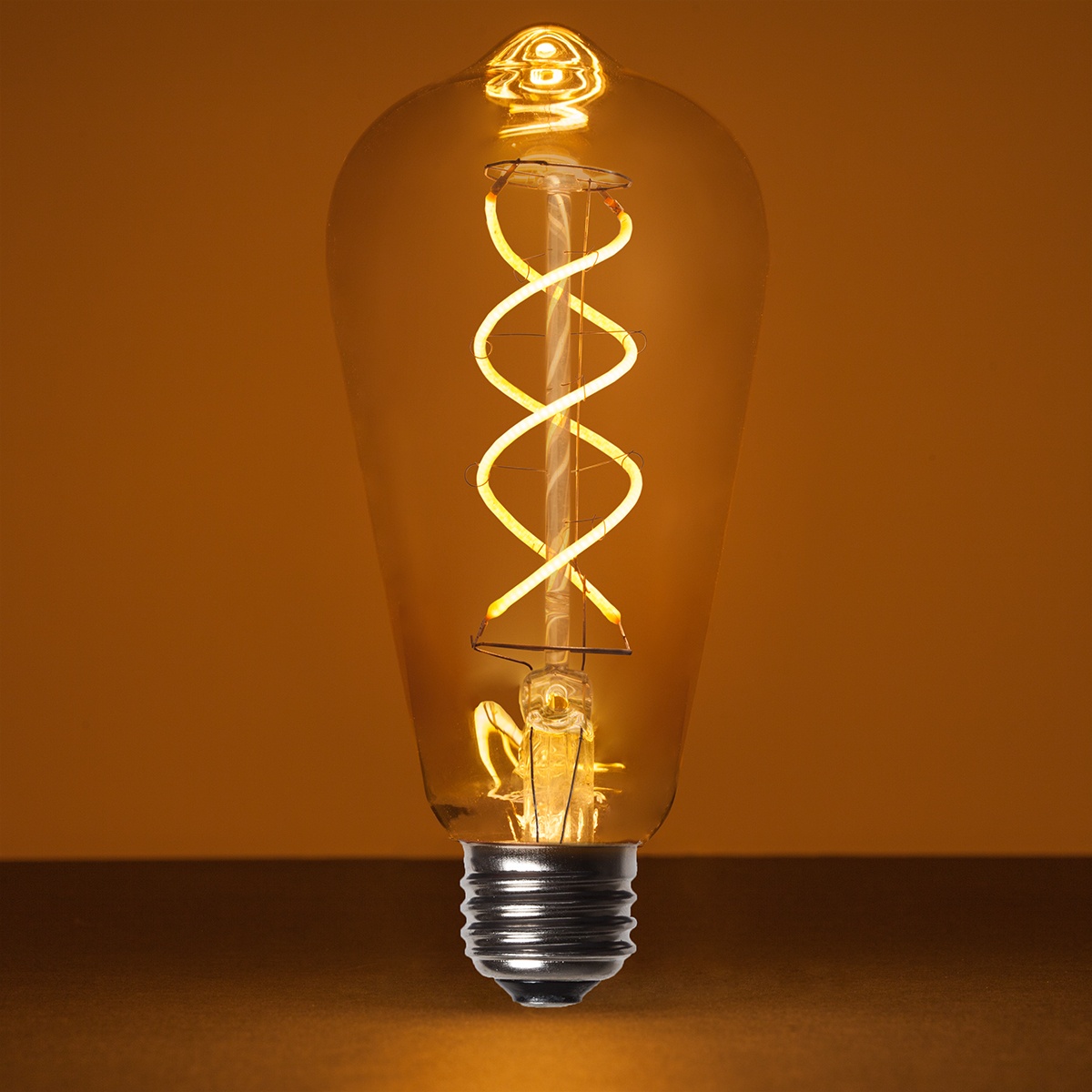
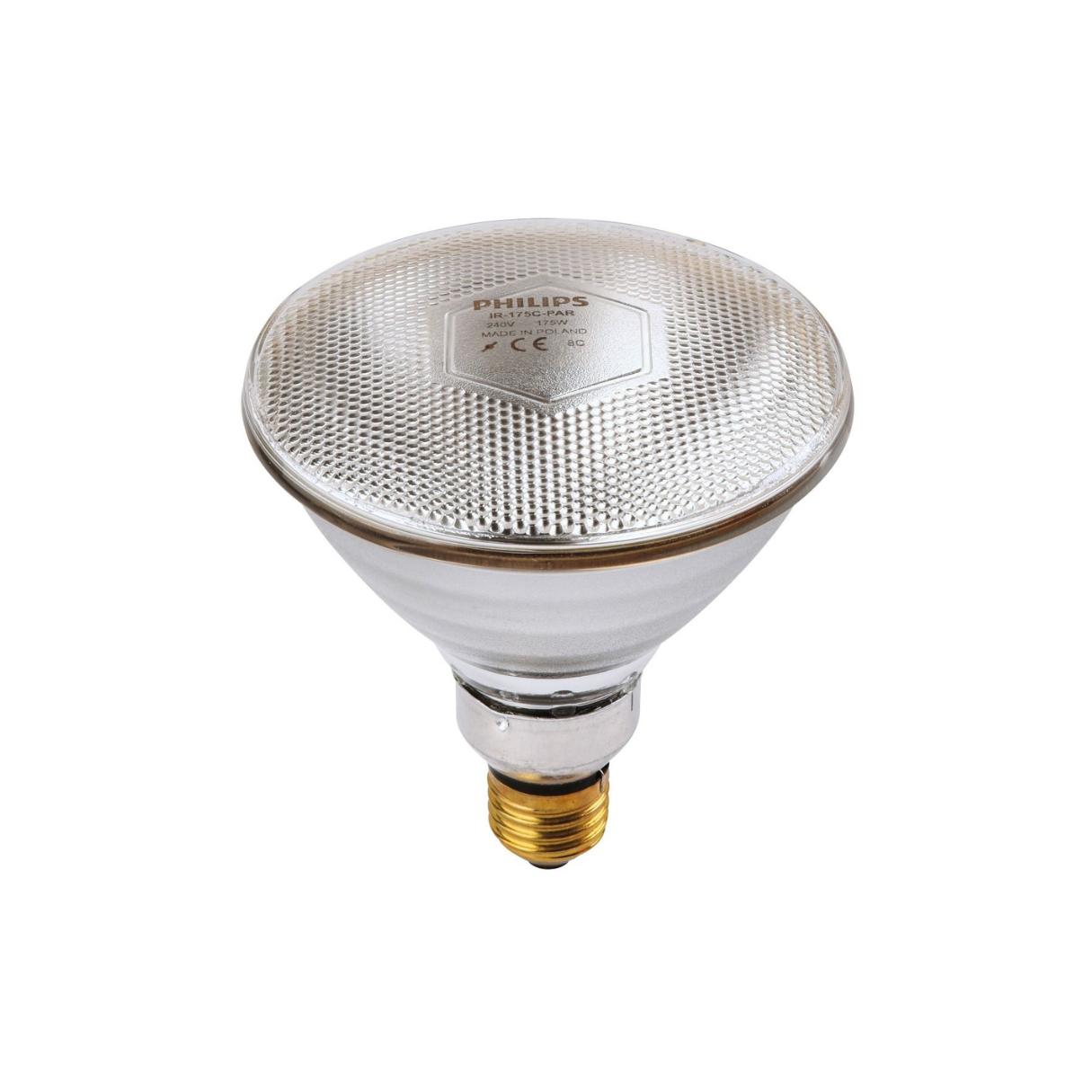
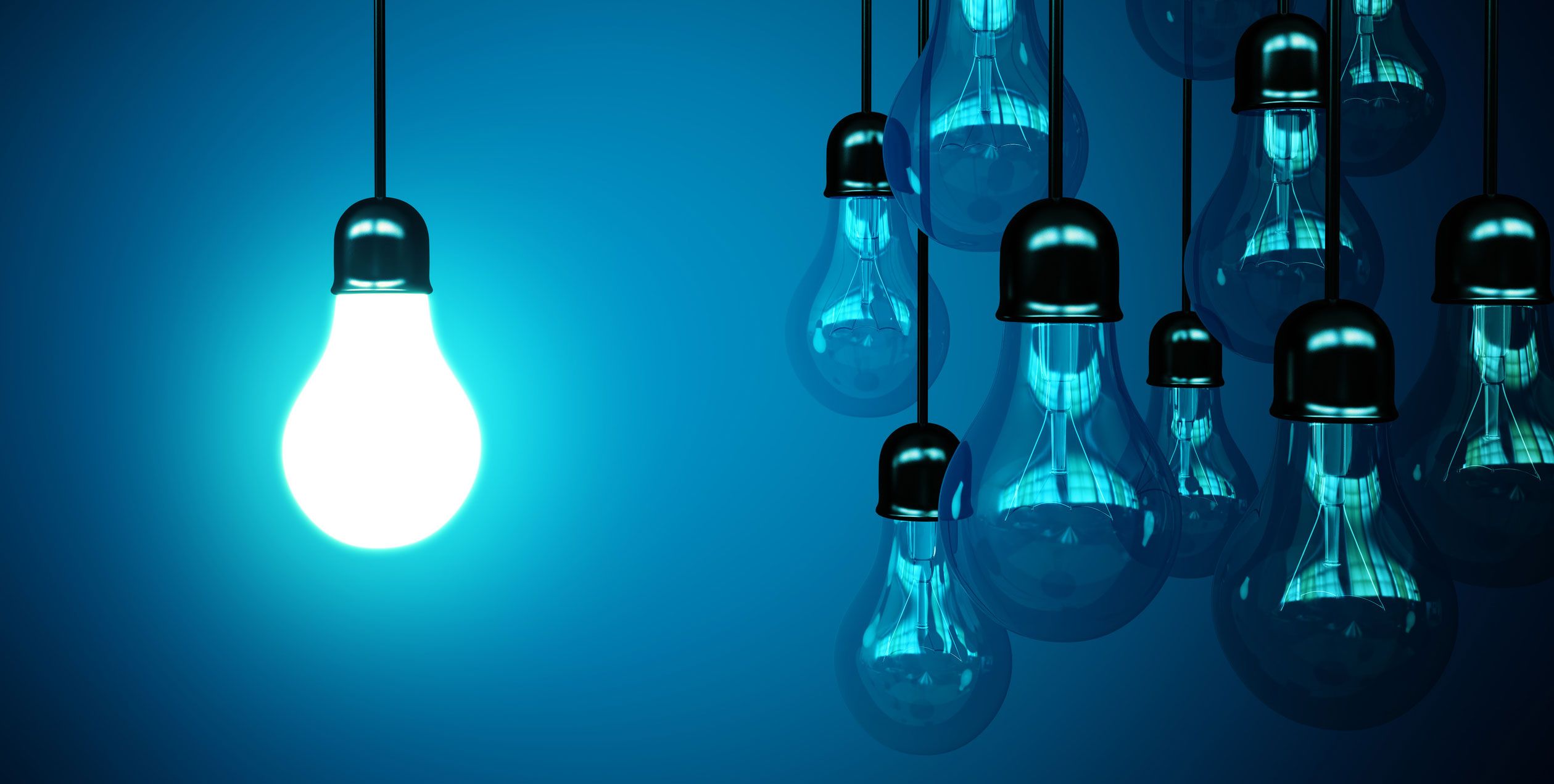
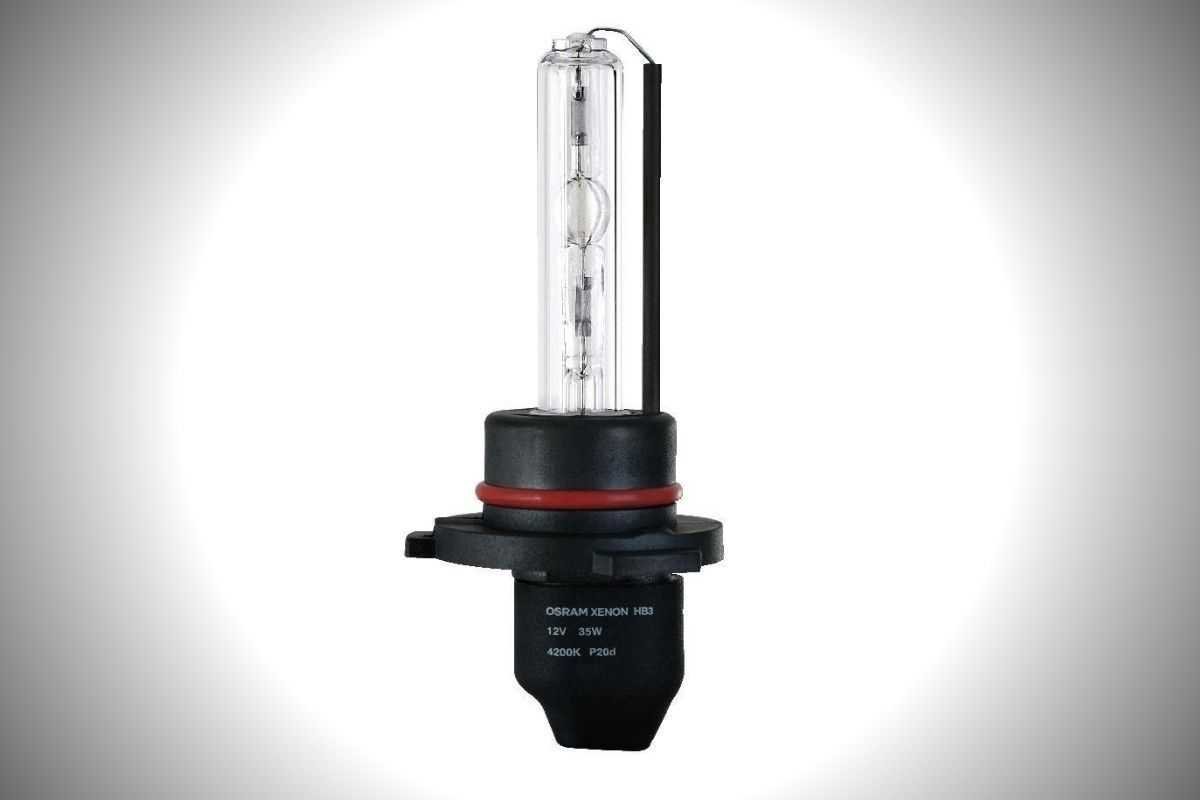
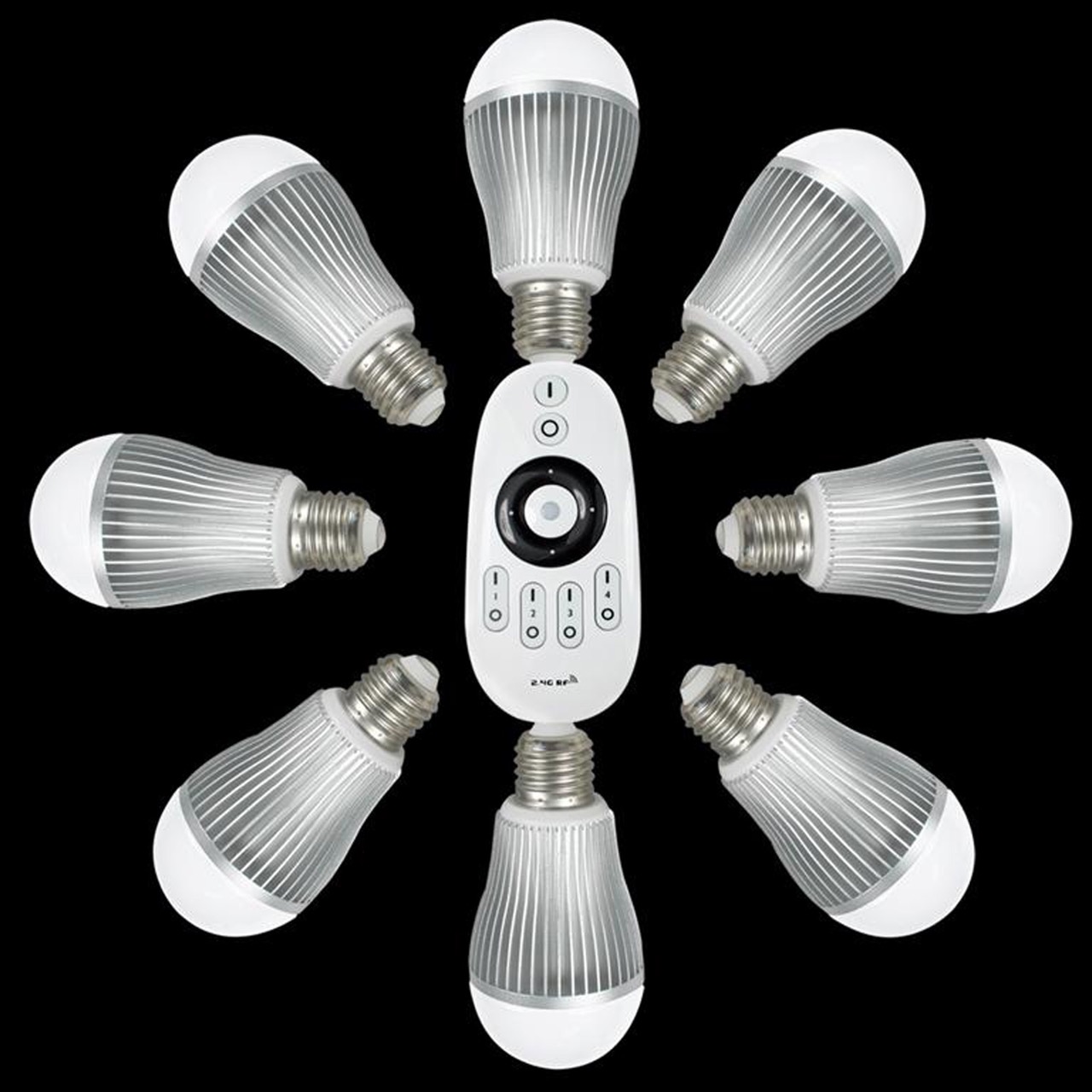
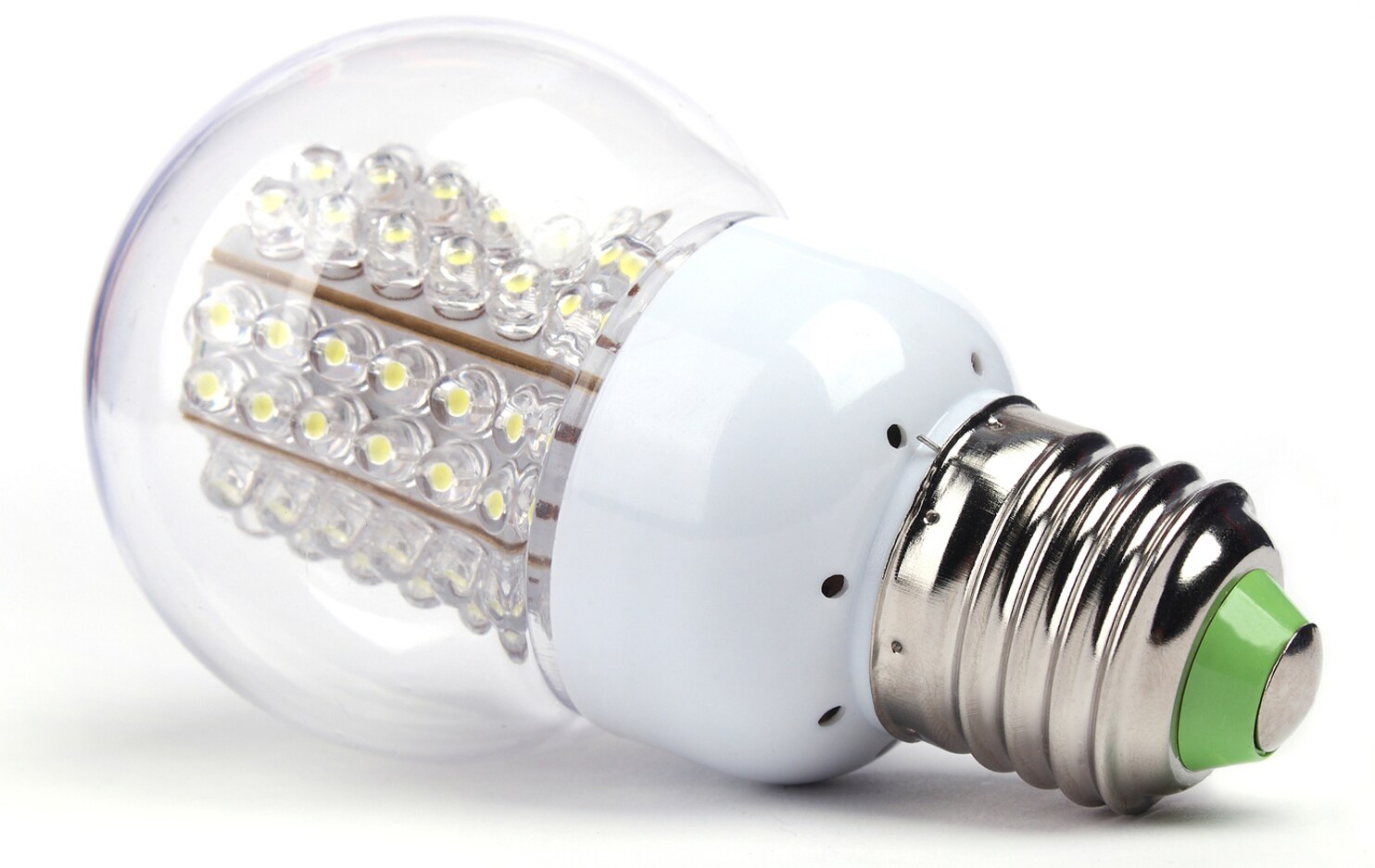
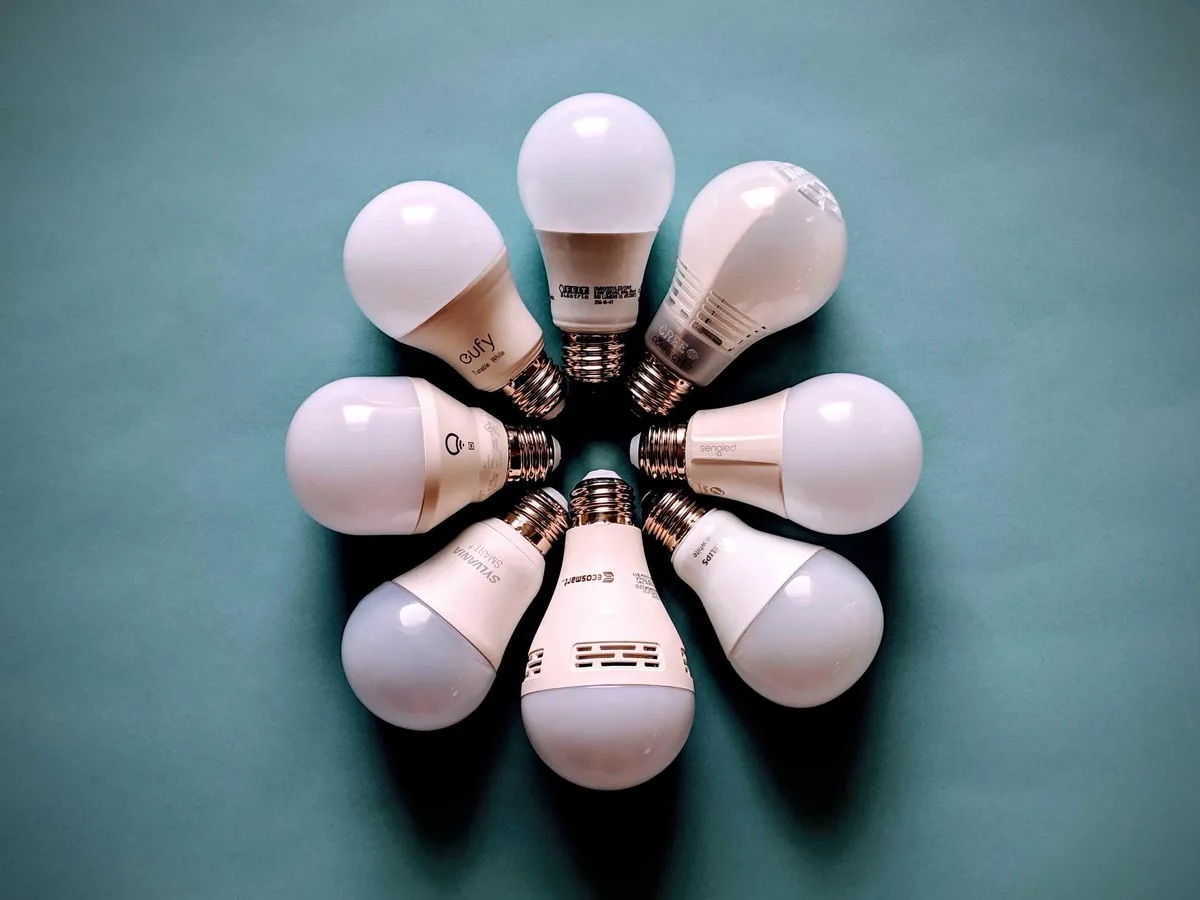
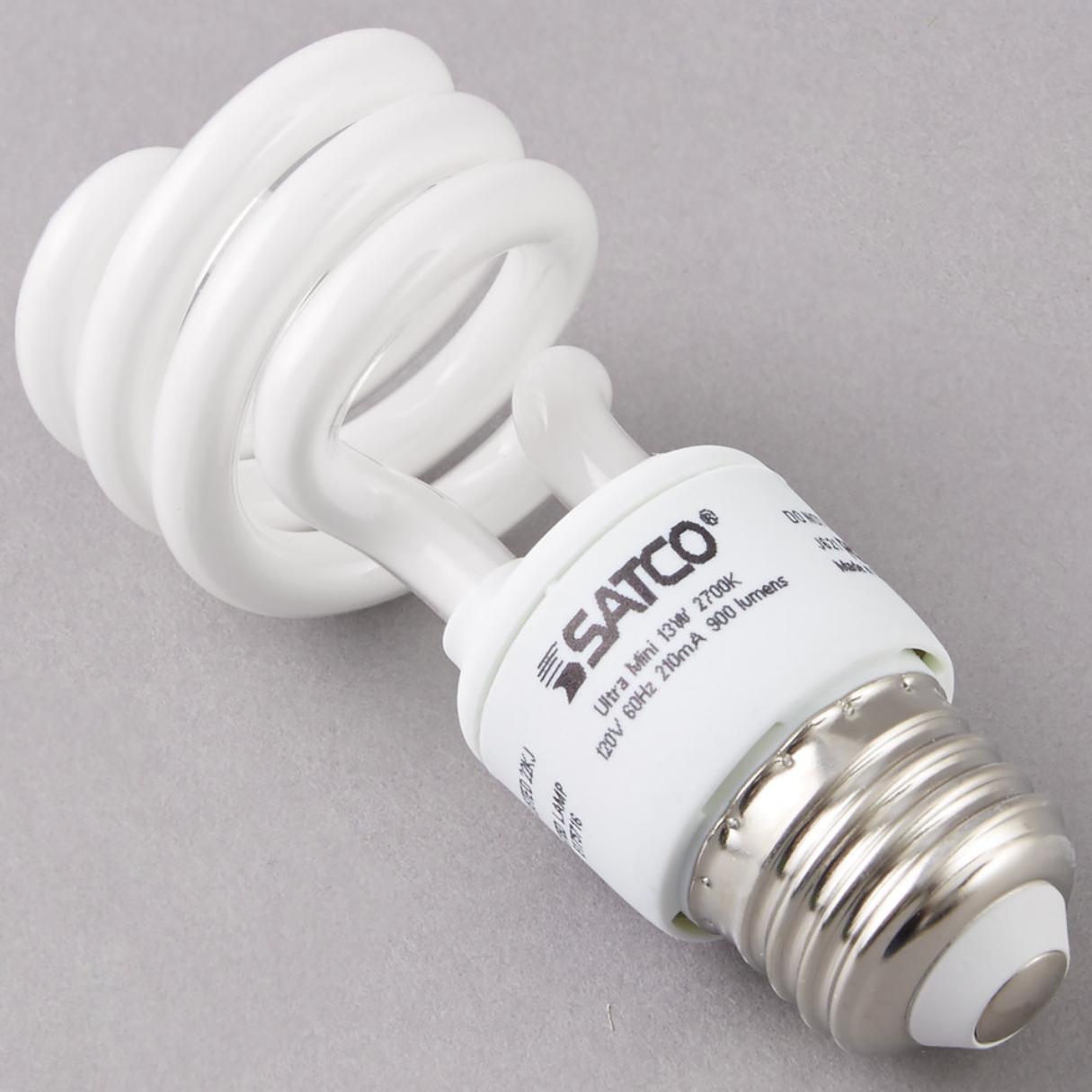
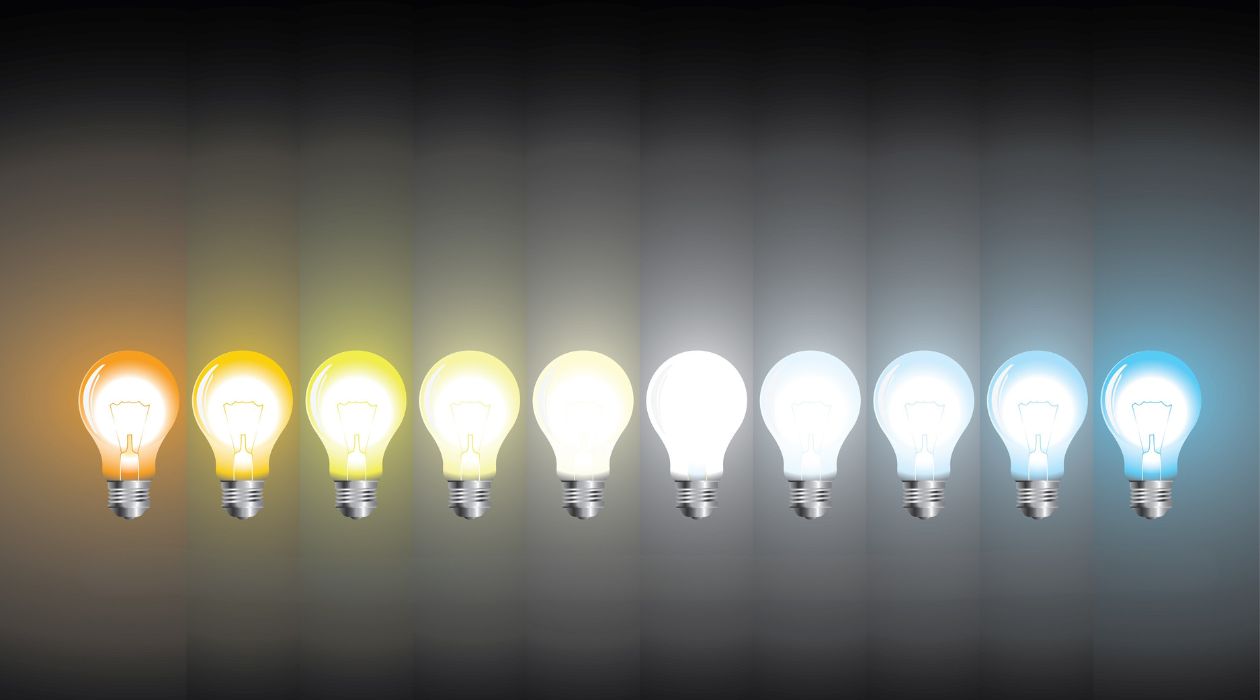
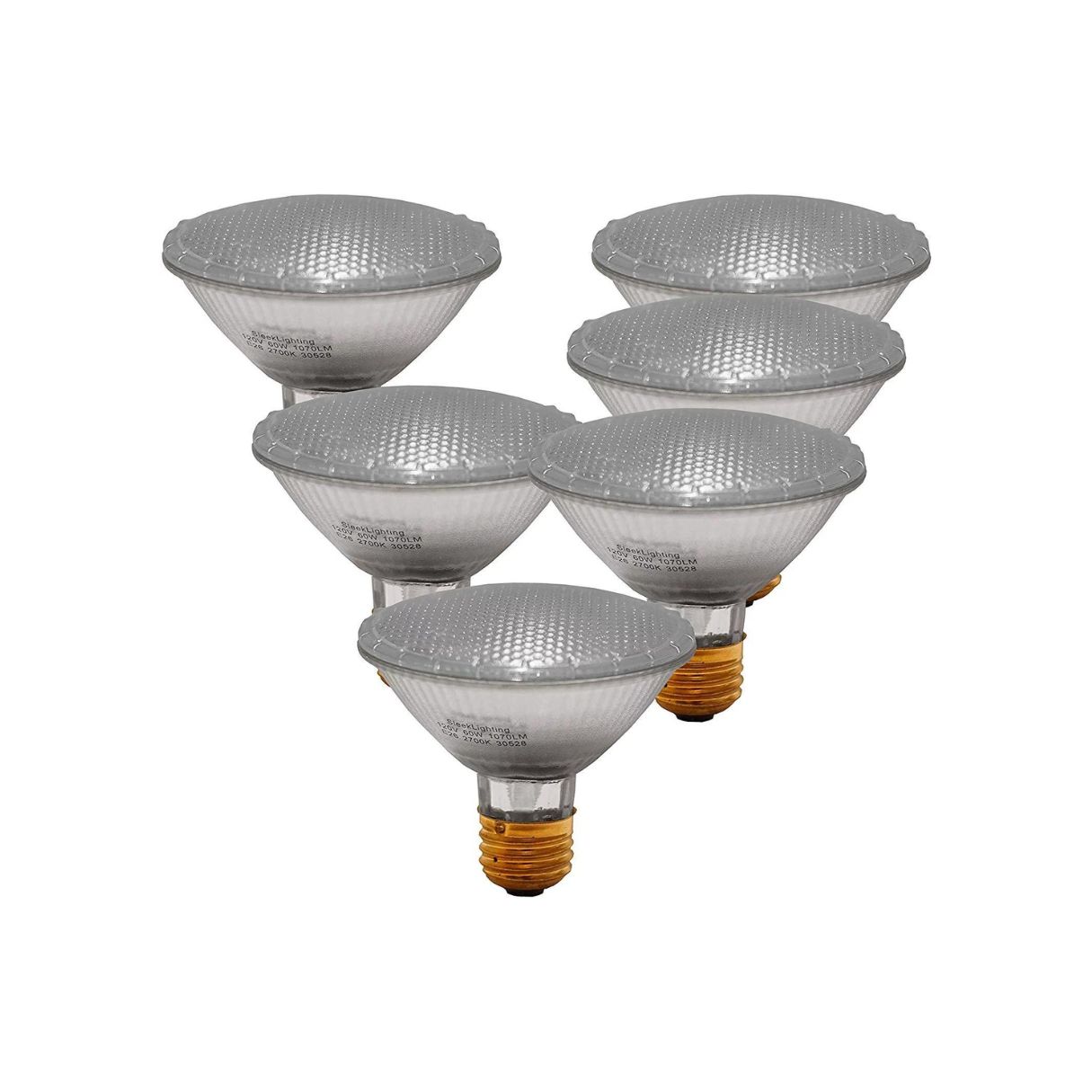
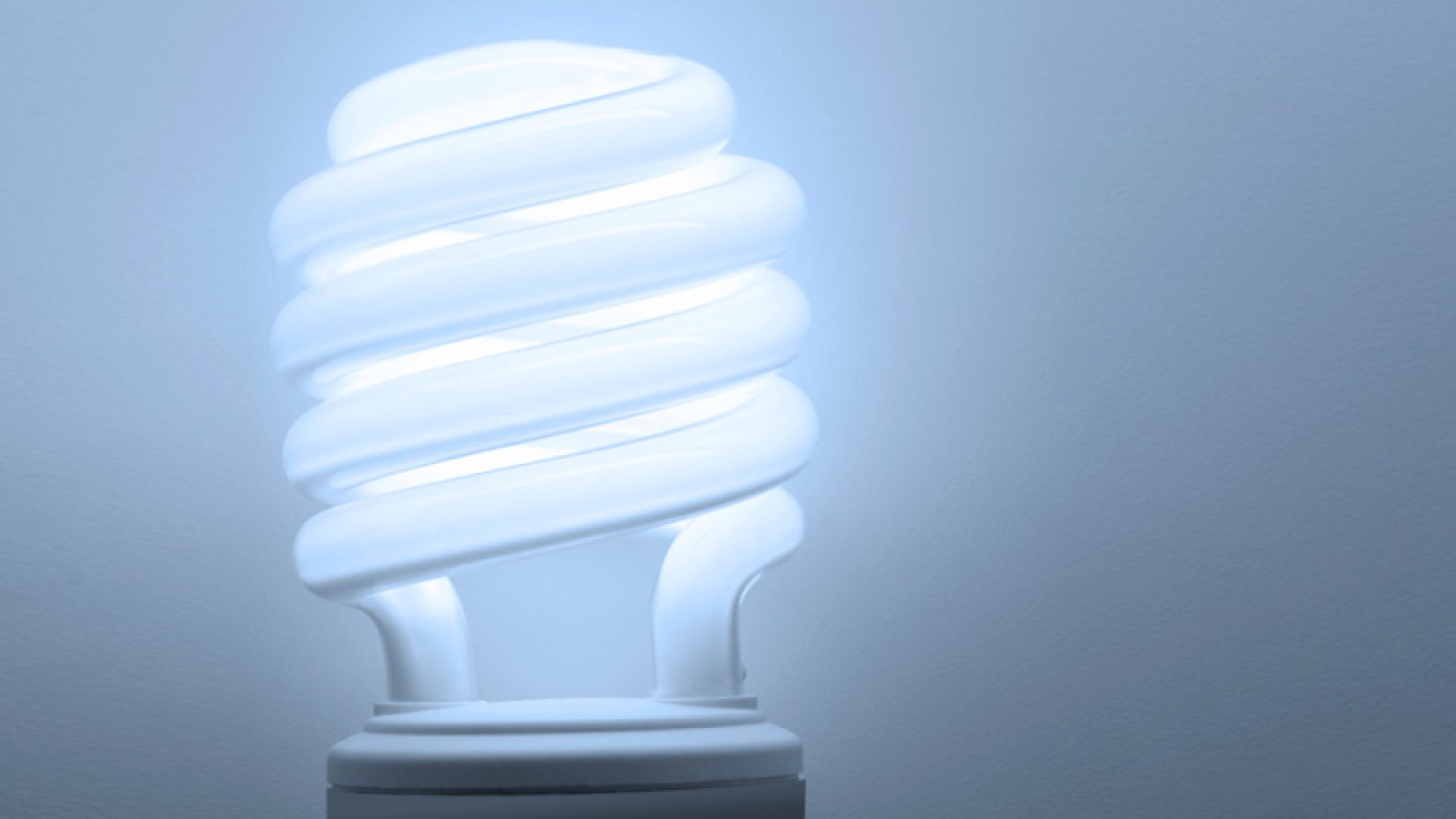
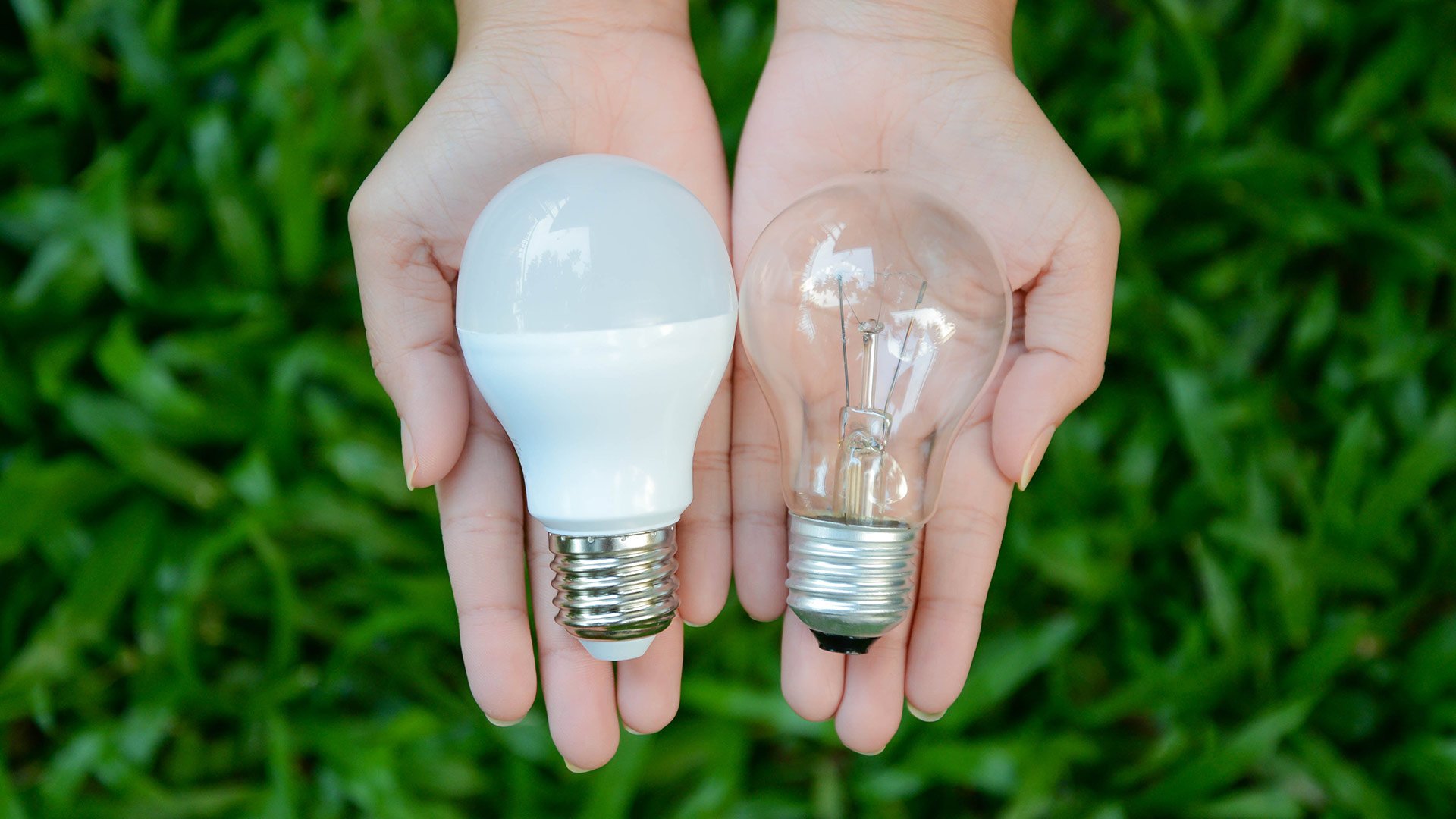
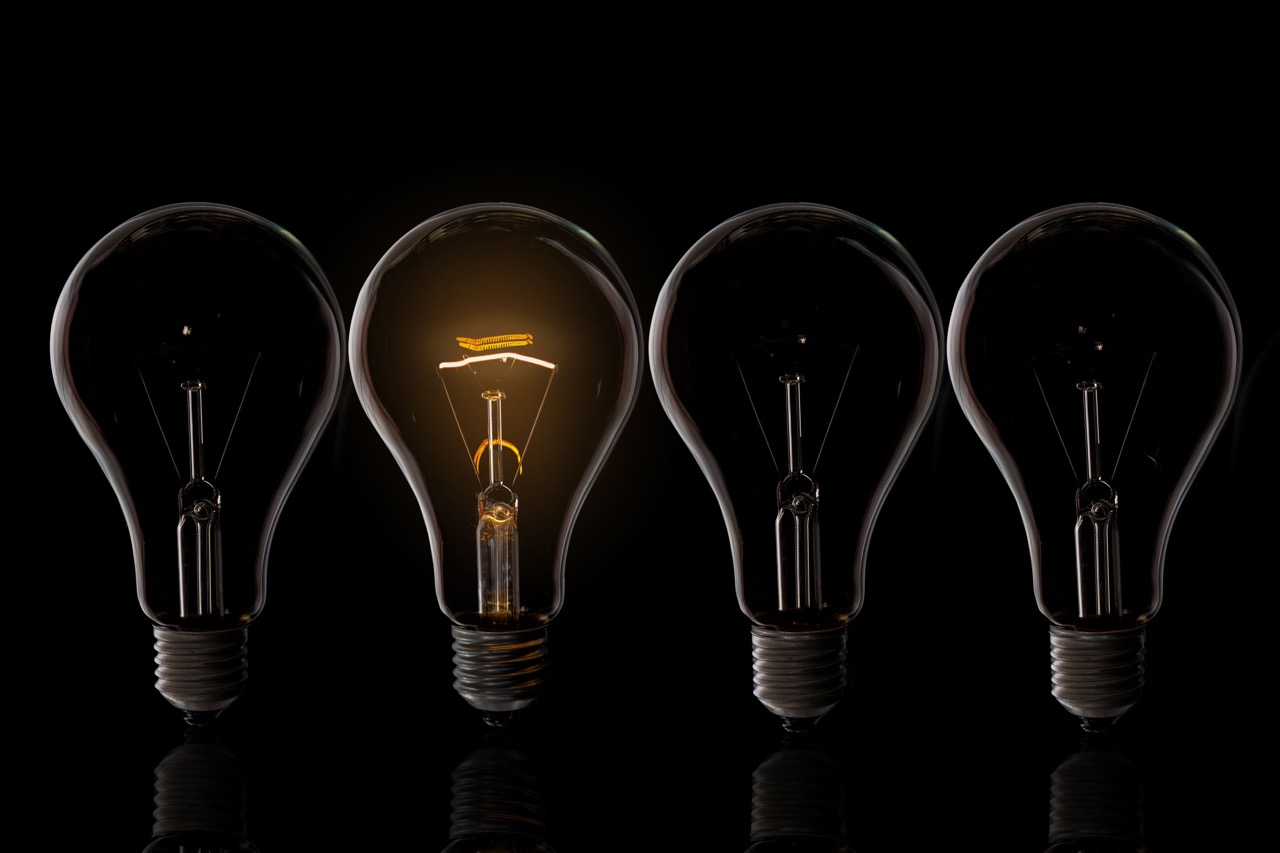
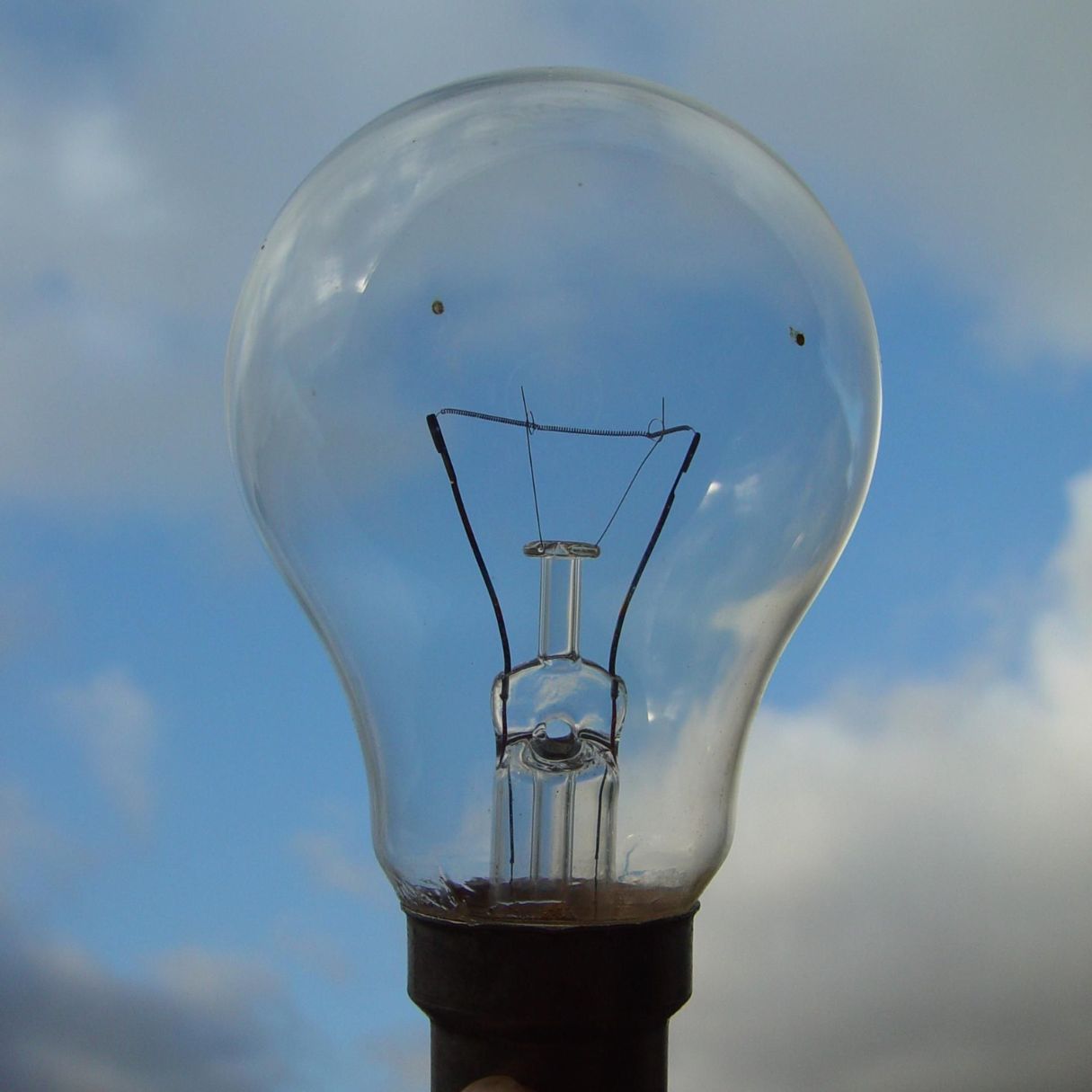

0 thoughts on “What Is An Edison Light Bulb”